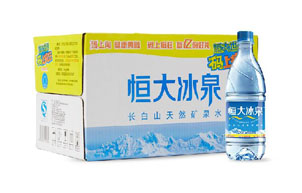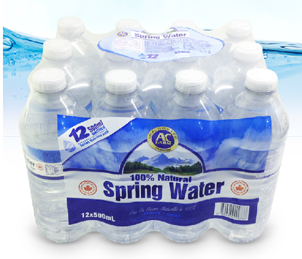HOME 首页 > NEWS > Industry News


The purpose of product packaging is to protect the product from damage. Product packaging not only protects the product during transit from the manufacturer to the retailer, but it also prevents damage while the product sits on retail shelves. Most products have some form of packaging. For example, soups must have a container and package while apples may have packaging for transport but not to sell the product from the produce department of the local grocery store.
How a product is packaged may be what attracts the consumer to take a look on the product as is sits on store shelves. For this reason, many companies conduct extensive research on color schemes, designs and types of product packaging that is the most appealing to its intended consumer.
Packaging also plays an important role for portraying information about the product. Outside packaging may contain directions on how to use the product or make the product.
Packaging may also contain ingredients and nutritional information about the product. This information can help to sell the product because it allows potential customers to obtain the necessary information they need to make a purchase decision. Information contained on a package may propel the reader to buy the product without ever having to speak to a store clerk.
Packaging can also differentiate one brand of product from another brand. Because the product packaging can contain company names, logos and the color scheme of the company, it helps consumers to identify the product as it sits among the competition’s products on store shelves.



